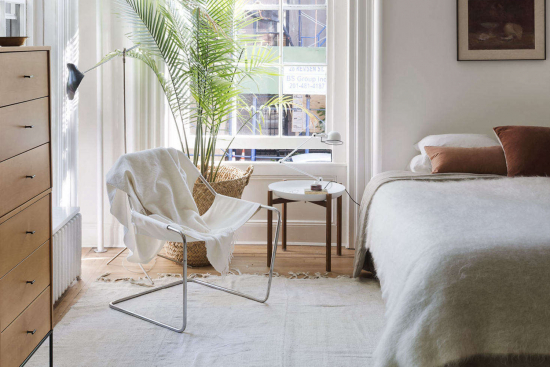Pimp My Plates: At Paris’s Bazar d’Alger, Old Tableware Gets a New Gleam
Arnold d’Alger ferrets out porcelain dishes sitting in lonely stacks and updates them. The graphic designer uses gold glaze that he applies by hand with fine paint brushes and ink pens to give his dusty finds new dazzle. The upcycled wares are available at Bazar d’Alger, Arnold’s shop site, and by commission: he’s happy to works with pieces from his own collection as well as customers’ own plates and platters.
Arnold previously designed visual identities and did illustration work. Tired of solitary days at his computer, he signed up for classes in porcelain decorating and silk painting at Paris Ateliers, a great place, he tells us, for affordable intro courses in the applied arts. Assigned to bring in some plates to upgrade, Arnold turned to Leboncoin, the French equivalent of Craigslist, and found an affordable trove of grandmotherly castoffs waiting to be rediscovered.
Arnold now has an atelier in his apartment in the 10ème with shelves and shelves of second-hand French crockery. He does his own adorning here and hosts workshops: participants embellish plates à la Arnold. Have some unloved, hand-me-down dishware that could use some zhooshing? Come consider the possibilities.
Photographs courtesy of Bazar d’Alger (@bazardalger), unless noted.
Embellished Vintage Tableware











